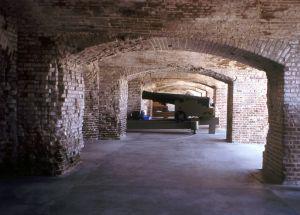 This week, Dr. Richard Kline of The Center for Natural Breast Reconstruction answers your questions.
This week, Dr. Richard Kline of The Center for Natural Breast Reconstruction answers your questions.
Q: Can I get natural breast reconstruction if I have had radiation on my right side? I have had both breasts removed, but the first time the cancer was found I had a lumpectomy and radiation. The next time I had it removed.
A: Natural breast reconstruction with your own tissue is usually the best option for patients who have had radiation. Sometimes (but not always) it can be difficult to get the radiated side to match the non-radiated side as closely as desired because the radiated skin can be much tighter, but the chances of success are still usually much better using your own tissue than using implants.
We’d be happy to have our nurse Chris or PA Kim call to chat with you more about the specifics of your situation, if you wish.
Dr. Richard Kline
Center for Natural Breast Reconstruction
Have a question about breast reconstruction you’d like answered from our surgical team? Just ask us!















